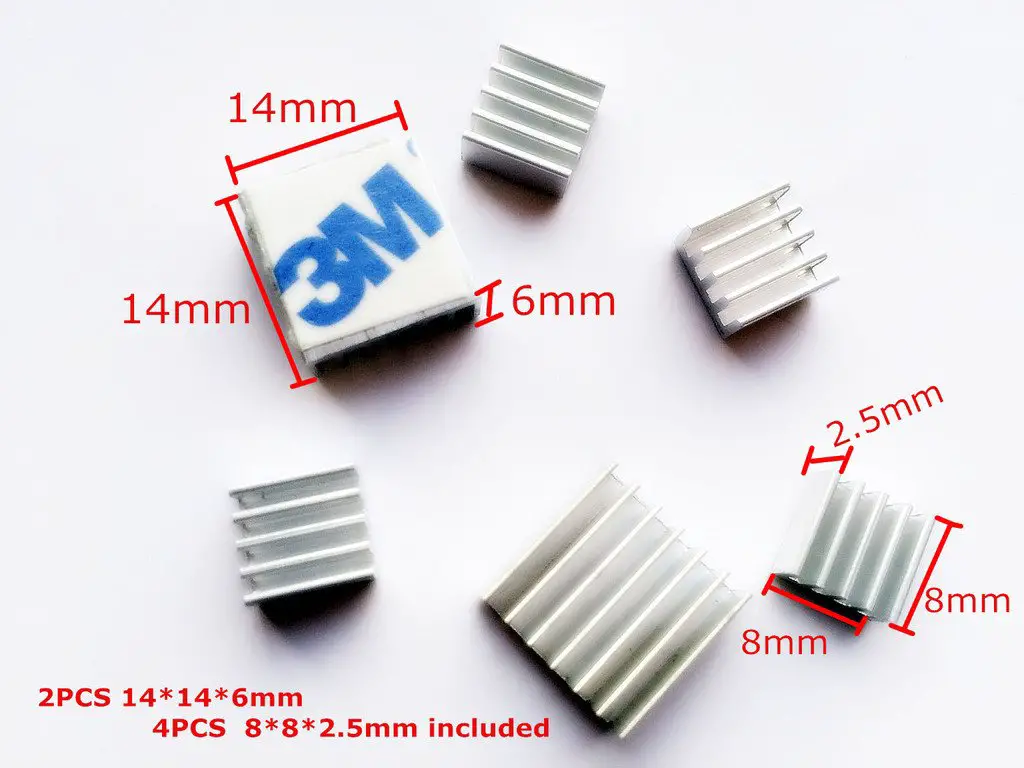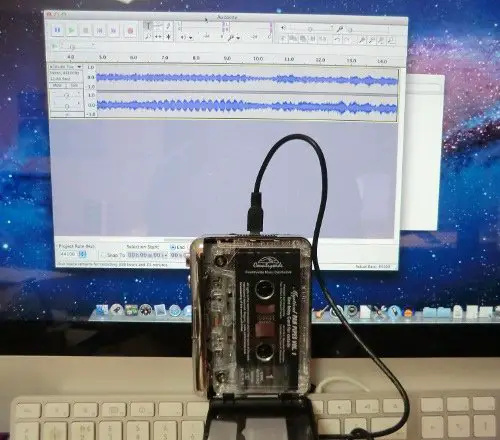; Date: Wed Apr 18 2018
Tags: Apple »»»» DIY Repair »»»»
Apple's hardware designs are thin and sleek, a heavily-stressed selling point. Getting that thin/sleek design motif requires impeding the repairability due to soldered-on parts, or parts that are glued in place, and easily shattered glass panels. A popular YouTuber in January disassembled an iMac Pro, then botched the reassembly, and now Apple is refusing to repair the machine, so the YouTuber now has a prominent video up complaining about Apple.
The guy - Linus Tech Tips - says they knew they'd have to pay for repairs because they'd clearly broken the machine.
They brought the broken iMac Pro to an Apple store who refused to repair the machine. Supposedly "parts" and "repair manuals" and training to certify repair technicians does not exist, and therefore Apple cannot repair the machine.
If that's correct, it means Apple released a product without the accompanying support that you'd expect from a top-tier manufacturer like Apple. Any other product that's sold with great fanfare, like the iMac Pro is, you'd expect on day 1 for support/service to be lined up and available. Taking Apple's claim at face value, that's not the case, but Apple is a top-tier company with decades of experience selling computers, so why wouldn't they have all that lined up?
The actual case is that for "unauthorized modification" (and other reasons) Apple will not service the product, and still charge a "Diagnostic fee". Details from
https://www.apple.com/legal/sales-support/terms/repair/generalservice/servicetermsen/
1.8 Service Exclusions and Diagnostic Fee. Apple may charge you a diagnostic fee (including shipping charges) as described in the Country Variation table, below (“Diagnostic Fee”), if Apple inspects your product and determines that (i) your product does not require service, (ii) your product has failed due to or has incompatibilities with software or data residing or recorded on your product (iii) service is required due to the failure of parts that are neither supplied by Apple nor Apple-branded, (iii) additional labor or parts are required that were not specified in the original estimated charges and you do not agree to authorize service based on Apple’s revised estimated charges, or (iv) service cannot be performed because the serial number has been altered, defaced or removed or the product has failed due to accident, abuse, liquid spill or submersion, neglect, misuse (including faulty installation, repair, or maintenance by anyone other than Apple or an Apple Authorized Service Provider), unauthorized modification, extreme environment (including extreme temperature or humidity), extreme physical or electrical stress or interference, fluctuation or surges of electrical power, lightning, static electricity, fire, acts of God or other external causes (“Service Exclusions”). Apple will return your product to you without servicing it and may charge you the Diagnostic Fee.
The standard Apple warranty (
https://www.apple.com/legal/warranty/products/embedded-mac-warranty-us.html) also includes this statement:
This Warranty does not apply: ... (f) to damage caused by service (including upgrades and expansions) performed by anyone who is not a representative of Apple or an Apple Authorized Service Provider (“AASP”); (g) to an Apple Product that has been modified to alter functionality or capability without the written permission of Apple; ...
Which simply means in this case that the Linus Tech Tips team voided the warranty, which they knew they'd done. They probably wore a t-shirt saying "I Void Warranties" while they did it.
Apple is violating The Right To Repair principle
I strongly believe in The Right To Repair. Over the last three years I've self-taught myself the art of disassembling MacBook Pro computers, to repair, refurbish, or upgrade the machines as needed. I am typing this on a 2012 MacBook Pro that's been highly upgraded, which I intend to keep running for as long as possible.
The
iFixit iMac Pro teardown gave the iMac Pro a repairability rating of 3 on a 1..10 scale. While the memory is easily replacable, there's no access hatch, and performing the memory upgrade requires removing a nearly-impossible-to-remove glass panel - that we see from the Linus Tech Tips problem - is easily breakable. The SSD's are similarly replaceable, but with an extra complication of using a proprietary-to-Apple design.
Earlier iMac's had been fairly repairable. It's not like it's impossible to build in access hatches to facilitate repairing certain parts. Computer makers, including Apple, has been doing this for ages.
It just so happens that Apple is pushing ever-thinner-lighter designs that oh-by-the-way are unrepairable. And an unrepairable computer is more likely to be tossed and replaced, which then feeds Apple by resulting in more sales. And, the nonupgradeability means Apple can charge a pretty penny for memory or disk space -- 16 GB of memory should not cost $200 when a regular person can buy 16 GB of memory for about $100.
An example is the Mac Mini. Older Mini's used to be very repairable though getting into the case sometimes required using a putty knife. After the 2012 model, the Mini's became harder and harder to upgrade/repair, with the latest model being a closed box that's extremely unrepairable.
In that case Apple doesn't have any excuse based in reality concerning the thin/sleek design requires making Mini's unrepairable. Intel has a similar machine, the Intel NUC, that is far more powerful than the Mac Mini, and is eminently repairable. As I wrote elsewhere, the NUC can be completely disassembled, all kinds of parts replaced, they have lots of external ports, and the CPU/memory system is much more powerful, all in a smaller design than the Mac Mini: Apple's Mac Mini Pro: What it should be
If Intel can do it, why can't Apple? Intel doesn't have any history in designing computers. They design chips. But, Intel was able to design a modular computer extremely similar to the Mac Mini that is extremely repairable. And it seems that Mac Mini's are also very popular.










